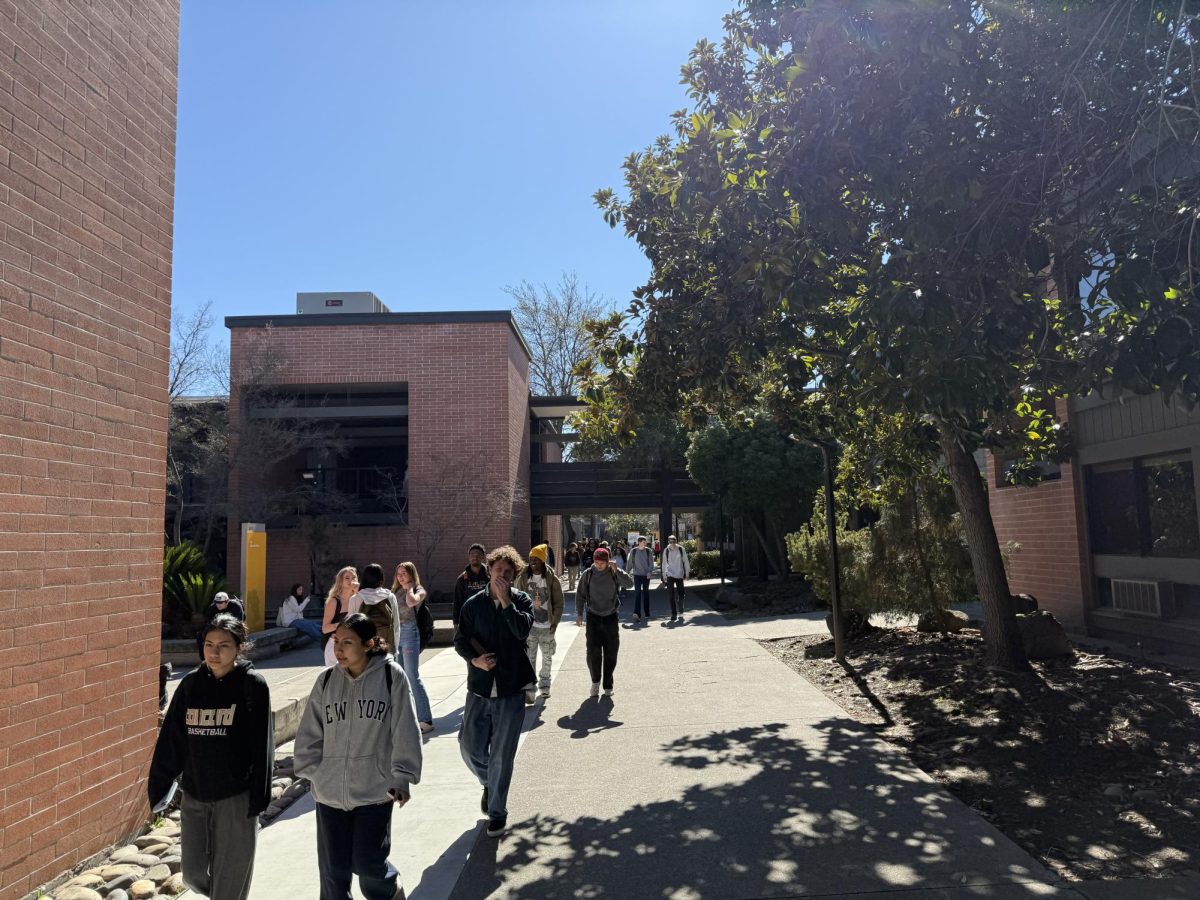It has been a big issue in Korea that lots of young ambitious students who were going to prestigious universities in the United States like Harvard commit suicide. Unfortunately, international students from all over have been attempting suicide, not only just Korean students.
The suicide rate among international students, especially those from Asia, has been increasing. According to a 2009 report from the Centers for Disease Control and Prevention, suicide is the ninth leading cause of death among international students which is higher than the national average. According to the Jed Foundation, suicide is cited as the second leading cause of death on college campuses across the country, and Asian-Americans and Asian international students often make up a disproportionate number of total self-inflicted fatalities.
At Cornell, 13 out of the 21 suicide victims between 1996 and 2006 were Asian-Americans, who at the time had made up 14 percent of the total student population. More recently, three Caltech students — all Asian or Asian-American — were found dead between May and July in individual cases that were all pronounced suicides.
While all students face many difficulties, international students face additional academic and social challenges due to cultural adjustment, prejudice or discrimination, language difficulties, social or spiritual isolation, not being allowed to work outside the academic environment and no culturally appropriate physical and mental health services.
Given that the demands for cultural adjustments frequently place international students at a greater risk for various psychological problems, it is important that sufficient and readily accessible mental health services be established for them. For example, it is hard to find specialized counselors for international students who are experts on international students’ academic goals and concerns, which is why the gap between American and international students is getting bigger and bigger. Also, it is hard to form a strong community between domestic and international students which can help international students with a smoother adjustment to the new environment.
The language barrier between international students and native residents also causes some problems. In my experience, I found it difficult to become friends with non-international students since I couldn’t express myself fully in English. This is one reason why international students tend to rely on people from their own ethnicity. In addition, a prejudiced belief that international students are slow learners or troublemakers because of their lack of English proficiency makes the situation worse. This separation creates more prejudice and distrust while blocking access to various suicide prevention services.
With a supportive campus network or community of international students, students and educators could develop meaningful cross-cultural experiences. Lack of cross-cultural experience is the main barrier for teachers and staff who have difficulty with understanding foreign students and their needs and issues. Indeed, solving this problem will go a long way towards addressing the mental and physical problems of international students.
One thing that concerns me is that this figure on international students is not to be applied to all of them.
Just like there are many different kinds of American people, international students are not all the same. Even among them, there are many individuals or groups. In fact, not all international students are even Asian; some come from Kenya, the United Arab Emirates or France. However, because people are perceived to represent the entire country they’re from, international students are often misunderstood.
There are various backgrounds to them depending on their ethnicity, their level of education and so on.
This is similar to how Americans can be characterized by several factors such as financial and educational backgrounds.
In other words, there is a possibility that the international students in community colleges are less motivated than those in a prestigious university or vice-versa, just like Americans. Americans should take note not to assume that international students from Korea or China are the same, nor should they assume that international students studying at Harvard or a community college are the same.
While they have the same visa status, international students are very different from each other and so they should have specialized attention and care along with a greater understanding of who they are, where they come from and what all that means.











































































